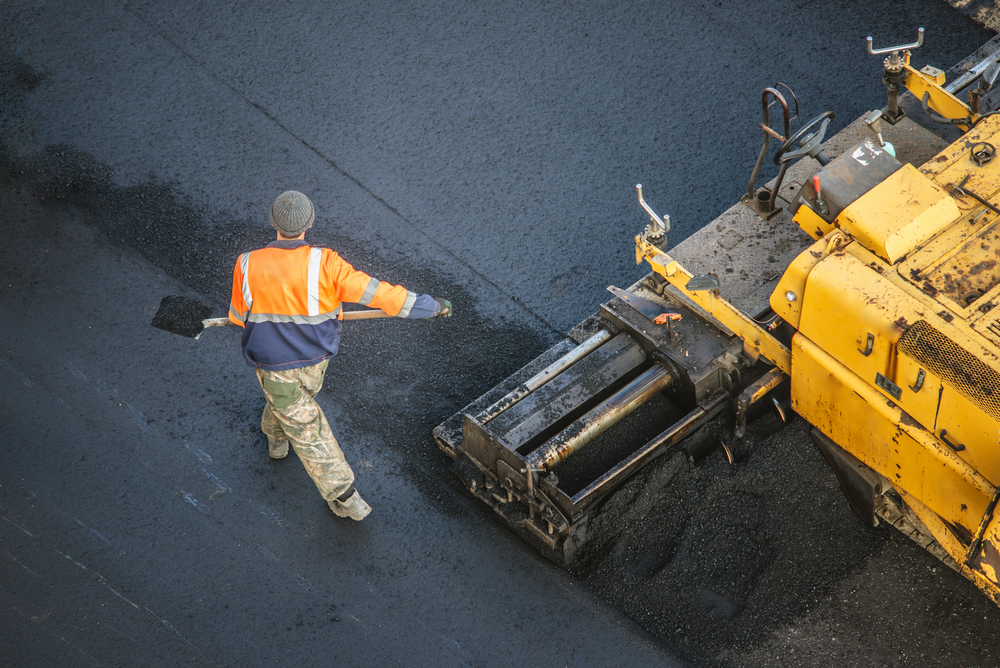You might not think that asphalt is the most versatile of materials out there. In fact, the average person, even those acquainted with the asphalt paving industry, would probably draw a blank in coming up with anything asphalt can be used for beyond paving roads and driveways. However, the asphalt paving experts at Parking Lot Prossaythat there is actually a range of surprising contexts in which asphalt has been put to good use. And these span many more areas than just road paving.
Asphalt is an incredibly versatile material, and most people are just not aware of this. It might cover 94% of the roads and driveways in the U.S., but you will find asphalt in many more places than just those you drive your car over.
What is Asphalt?
To understand the many surprising uses more fully for asphalt, it is worth setting out exactly what it is. Asphalt is a synthetic substance composed, just like concrete, of a granular material, known as aggregate and a binder based on bitumen, a black sticky substance derived from crude oil.
In the world of asphalt paving, the aggregate is typically a fine material and the bitumen in the binder can be combined with a variety of other substances that can change its properties. For road paving, a coarser aggregate is laid down, the hot asphalt is poured on top, and then pressed into the base with a steamroller. The sticky, viscous substance then, under pressure, fills all the underlying cavities, creating a smooth, durable, and weather-resistant overlayer, which is strengthened by its fine aggregate content.
Surprising Uses for Asphalt
It is best to think about asphalt in terms of paving as this is how it is most commonly used and where it displays all its useful properties. However, here follows a list of surprising contexts in which those same qualities can be used in quite a different way:
Anti-Graffiti Paint
We think of asphalt as going on top of something, but it can also be applied vertically in order to deal with graffiti. Graffiti normally requires expensive stripping agents and other toxic and heavy chemicals in order to remove from a building. By coating a building in asphalt-based paint (yes, that exists), graffiti can be more easily removed. Alternatively, if another layer of the asphalt paint is applied, it will totally obscure the graffiti and leave no trace.
Protecting Wood
When a tree needs to have a limb amputated on account of infection, insect infestation, or structural reasons, asphalt can be applied as a kind of bandage to the “open wound”. This makes the wood less susceptible to additional damage or rot. A coat of asphalt sealant can also protect fences, patios, and decks.
Artistic Painting
It might seem like a very utilitarian substance, but artists do actually make use of asphalt. Or rather, it is bitumen – the primary binder in asphalt – which can be added to black paint in order to enrich dark tones and to add a unique texture. For the artist, bitumen is the only means of achieving this particular and striking effect.
Reducing Driving Noise
Cars drive over asphalt, but many of them also contain asphalt components. Liquid-applied sound deadeners (LASDs) can be applied to various parts of a car’s body to reduce vibrations and, therefore, noise. Their main component is –yes, you guessed it – asphalt.
This list merely scratches the surface of asphalt’s versatility. Of course, its primary use will always be road paving but, from art to building protection, it can be incredibly effective elsewhere too.

